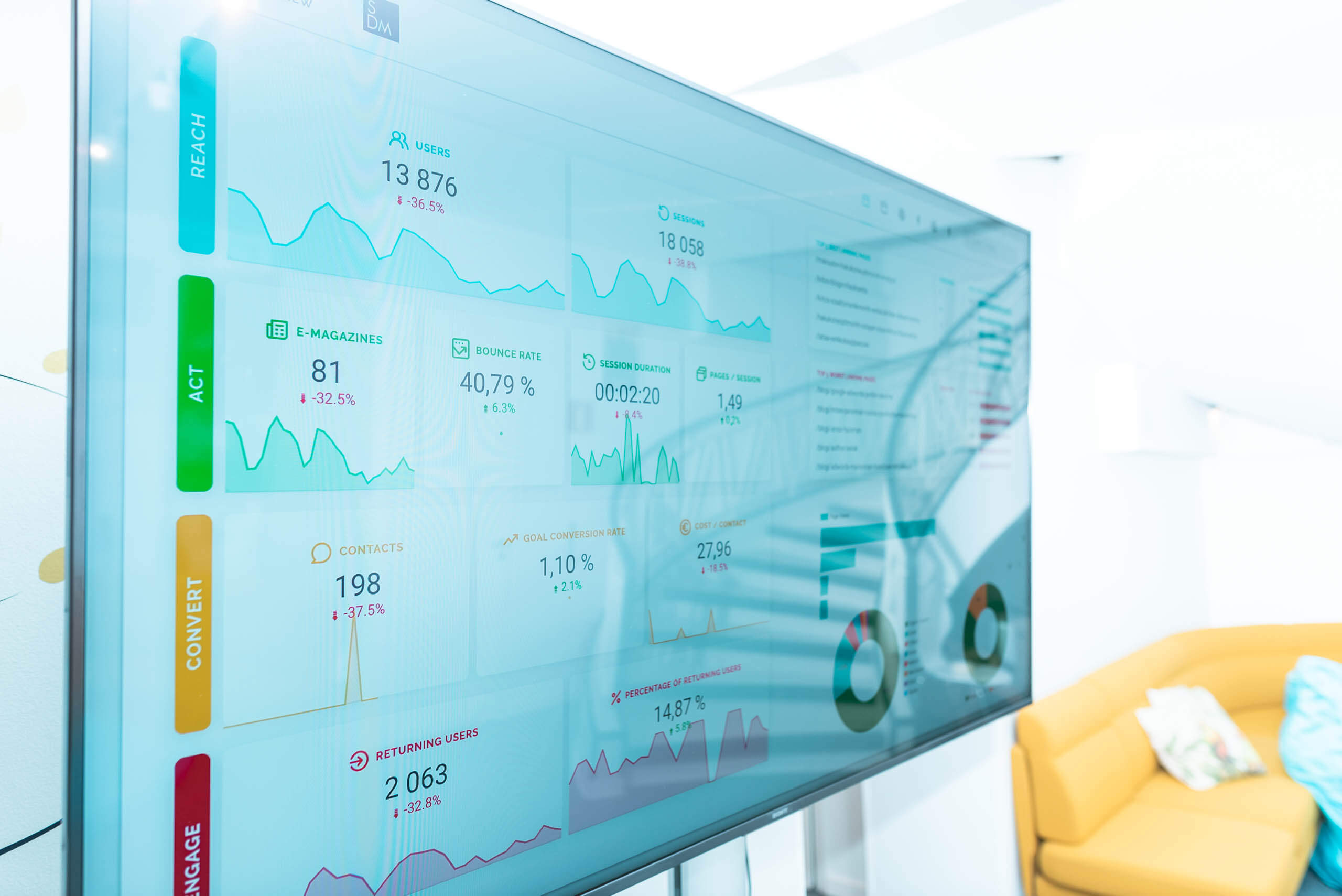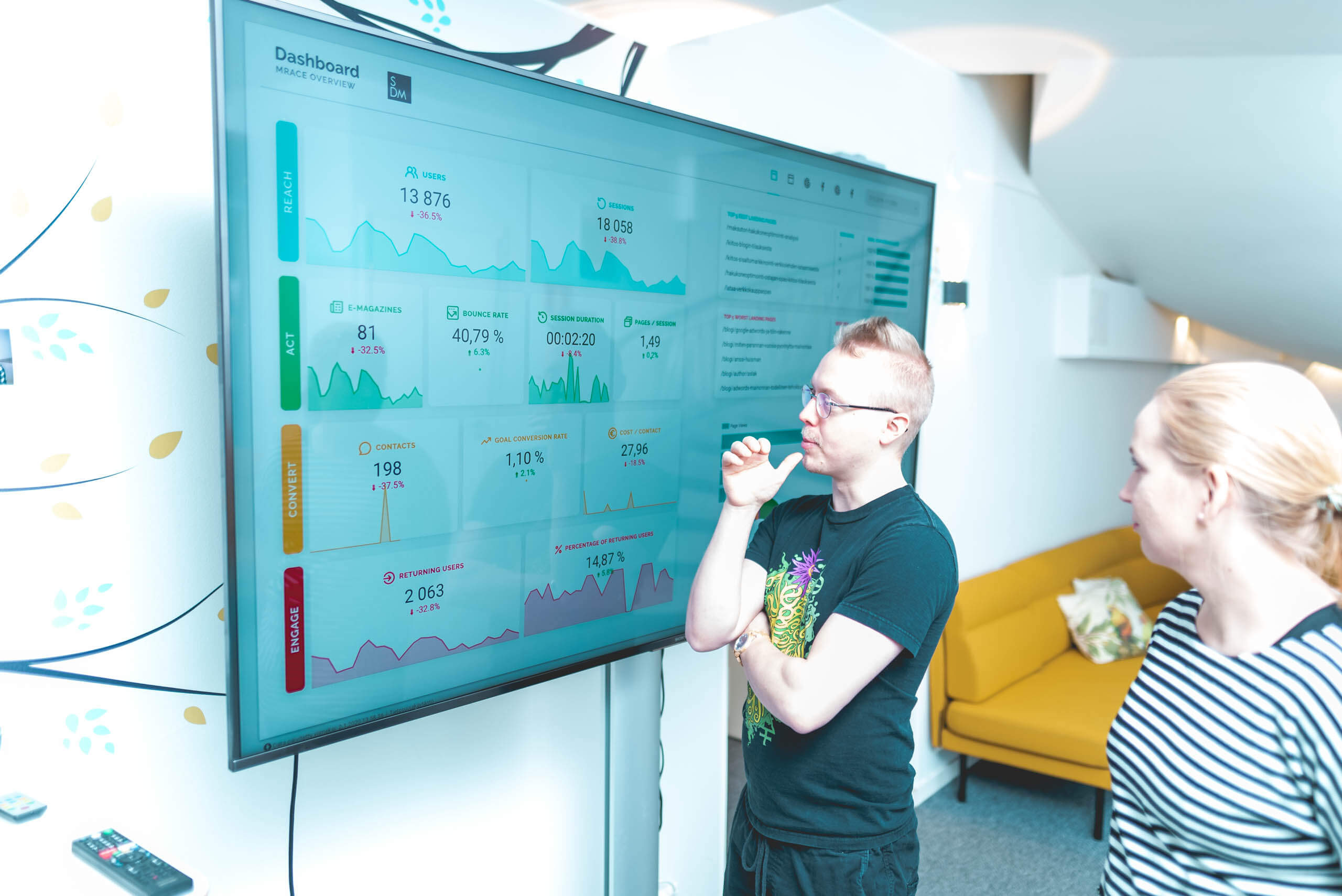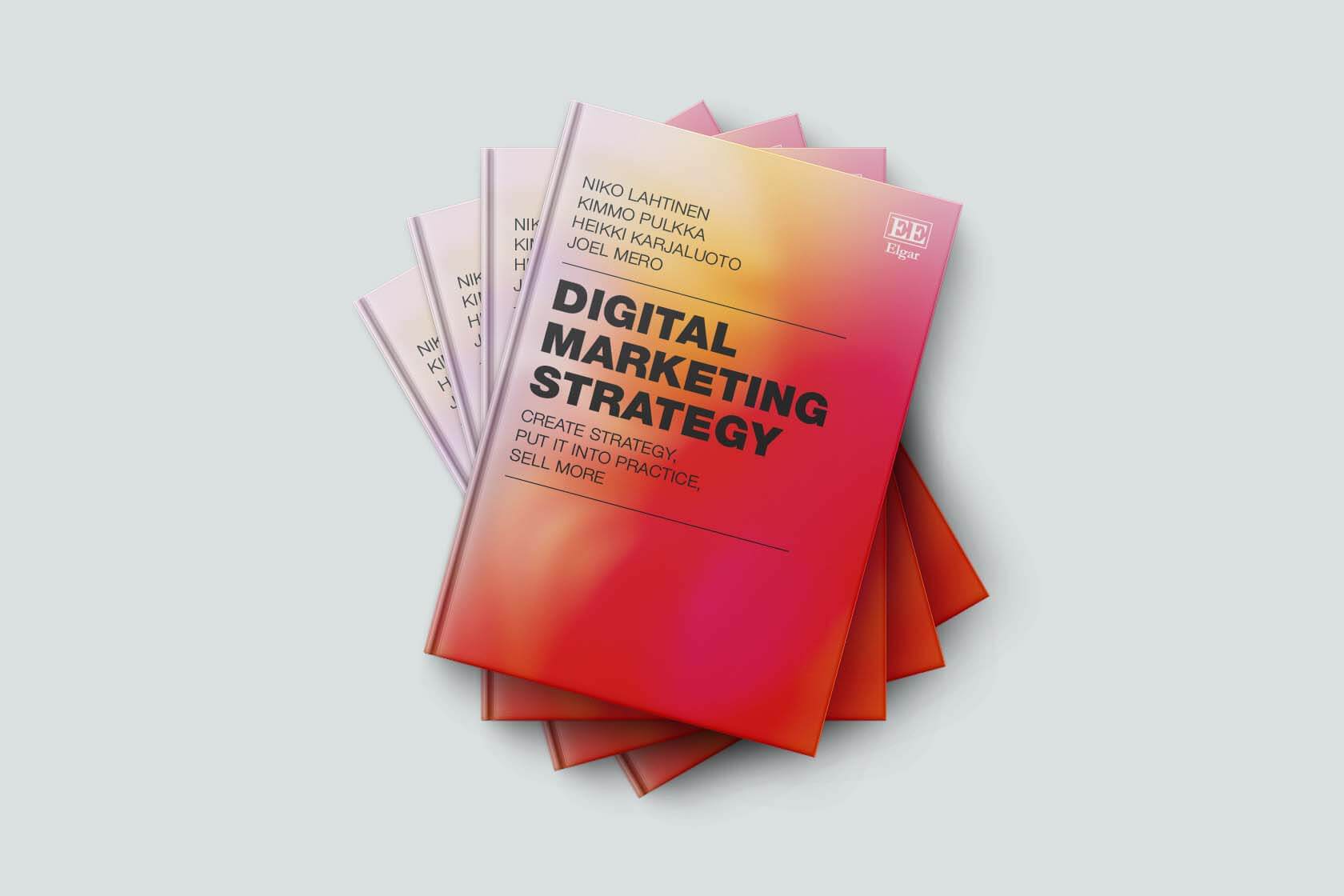Measuring marketing is an essential part of digital marketing. This includes not only vanity metrics, such as the number of ad screens, clicks, and visitors, but business-relevant figures such as leads, e-commerce development, and customer purchase costs.
The company’s online environment must be ready to collect this information: this means a functional website and an analytics environment that collects information that is relevant to the company and whose data can be trusted.
However, this is something that few companies will think about in greater depth and the main reason seems to be a lack of information: the possibilities of analytics are not known, nor are their activities understood in depth enough.
This problem is one of the biggest challenges, according to Fonectank the companies interviewed: 44% of respondents say the company does not have enough understanding of digital marketing and its metrics.
In this blog, I go through the reasons why analytics should be taken seriously and seen as a process that all digital marketing and business stakeholders need to be involved in. The company is able to make much better decisions when it is known what is collected, that the collected data enables the necessary depth for analysis, and that the indicators are in line with the business objectives.
1) Why should I see marketing measurement as a process?
At its simplest, the task of analytics is to help bring business benefits, i.e. increase sales and reduce costs. It is not enough to just install a basic code, but to achieve the desired result, a series of next steps must be taken, i.e. go through a certain process.
The steps in the process, on the other hand, are Vint Cerf to loosely borrow the information
- collection,
- merging,
- segmentation,
- integration,
- visualization and
- interpretation
In order to allow the interpretation of the final stage of knowledge and the correct conclusions, all preceding steps must carry out their tasks in full. An error at any point can backfire many times over the cost of the wrong conclusions or loss of sales.
In addition, history cannot be created: if some information was not collected a year ago, it cannot be used for comparison, for example. We must therefore start with the criteria and proceed consistently towards a situation in which we can count on what we see.
This process can be seen both as a waterfall model – with a target state and each preceding step must be completed before the next one can begin – and the so-called agile model in which things are changed, impacts are measured and developed on the basis of feedback (data), i.e. optimized. After this, the cycle continues.
2) SDM measurement process

Figure 1.
SDM uses the MRACE framework for the development of our customers’ marketing, and the strengths of both approaches can be seen in its analytics process. The groundwork must be done in the best possible structure, after which the agile processes can be started using high-quality and reliable data.
The RACE model was originally developed by Dave Chaffey as a digital marketing design framework to create a structure for the company’s efforts in digital channels. RACE stands for Reach – Act – Convert – Engage. We will open this template in more detail throughout the year with several blog posts.
SDM’s version of this model is MRACE, where measurement has been made to be an important part of its own entity. For measurement, we have developed our own framework that follows a logical chain and process-guided what we and our customers do.
Assessment of the current situation
Most companies already have an existing analytics solution, so you never have to start from scratch. At this stage, we will see what the degree of utilization of analytics is in the organization, whether the data is trusted and whether this trust is justified. At this stage, a more technical audit will also be carried out, including dozens of inspection sites.
Strategy
At this very important stage, we delve into collecting questions and answers, such as:
- What is important to the organization and its customers
- How an organization determines success and
- How to succeed
Different stakeholders may have different views and indicators for success: these are collected and continued in the measurement plan. The measurement plan takes a position on three important issues:
- business objectives
- target indicators as well as
- target metrics
The indicators must be jointly agreed and known before moving on to the technical implementation. In general, it makes sense to start with the most important goal (e.g. leads and maximum lead price) and move backward, calculating goal metrics based on the clustering of each step. Ideally, for example, the average monetary value of one visitor to a mailing list can be calculated for a company.
Technical implementation
Each company and every site has its own entity that requires an analytics solution that looks like its own. To configure the analytics, a so-called best practice adjustments in any installation, but the measurement plan largely determines what solutions will be reached for the measurement.
Each set of websites is unique and at this stage, possible third-party sites (such as booking systems, payment portals) must also be considered if they operate as part of the same visiting experience. It is also possible to bring your own CRM data (e.g. conversion identifiers) back into the analytics environment for analysis.
The organisation’s policy and legal environment in the processing of personal data – consent management – also play an important role in technical solutions. Visitors must be aware of what information is collected about them, how long it will remain, and which parties will have access to them.
It is also very important to take the limitations of the analytics platforms into account when identifying campaign traffic, i.e. marking links with UTM parameters.
Reporting
Monthly reporting in PDF and Excel format came to an end at the latest when Google released Google Data Studio for free data visualization a few years ago. Google Data Studio (GDS) allows the user to see near real-time data from any data source and only needs a browser to do so.
GDS supports numerous data sources, such as Google Ads, Google Analytics, Facebook, LinkedIn, etc., directly or through paid aggregators. Although there are ready-made report conditions for GDS, it usually requires minor or sometimes major editing to make the necessary metrics visible to the user and otherwise to make the report more comfortable to use.
GDS also supports any data that can be tabulated. That is, if necessary, all strategic information can be found in one place and the same place.
Analysis & Optimization
At this stage, we aim to find reasons for the development trends of the instrument panel. In response to the question of “why our online store sales decreased last month,” it is usually not good enough to say “because Facebook worked badly.” The truth has to be dug deeper and this means segmenting the whole, e.g., at the campaign, audience, device, or landing page level.
In order to reach this level, it is necessary to be reminded again of the importance of the previous steps: “garbage in, garbage out” will always hold true. If the incoming traffic is not marked with the desired information, it cannot be assumed that it can distinguish the information based on it.
Once the reasons for the trend have been identified after digging, we can start brainstorming about the next steps. This can mean excluding someone’s audience, changing the landing page, increasing your budget across some channels, or creating new content for a specific theme.
If the data is collected correctly and time and skilled human resources are allocated to the analysis, digital marketing can be developed indefinitely. There is something to test and improve on everything, as long as you can trust the integrity and interpretation of the data.
Business development
While process assets seem complex (and this was just a heading-level description), the purpose of all of this is still simple: to increase sales and reduce the expenses. By doing things systematically, the company commits to developing its marketing operations based on reliable figures and on a long-term basis. When everything essential is collected, interpreted correctly and corrective measures are taken, the direction is only upwards.

Figure 2. Measuring and developing digital marketing is an ongoing process.
Once the groundwork has been done following a logical chain, it can be ensured that all possible information is collected, what is known and what cannot be inferred, and that all decisions are truly data-based.
Contact us if you want to make sure that your company’s marketing measurement is in order. You can also read more about the marketing dashboard.










